OnePlus 10T smartphone review: The more efficient OnePlus 10 Pro thanks to Snapdragon 8+ Gen 1, accompanied by insanely fast charging
The 16 MP front-facing camera hidden in the punch hole delivers good selfies with pleasing exposure levels and strong color reproduction. In portrait mode, the bokeh effects are spot on.
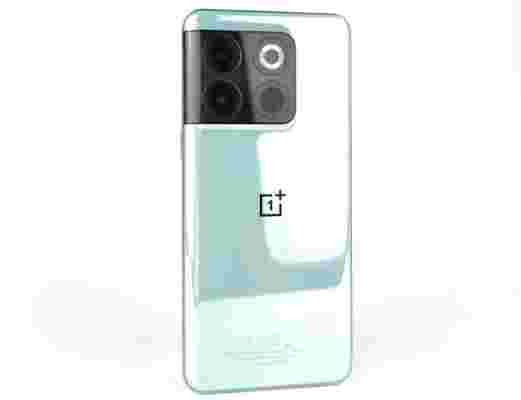
The OnePlus 10T does not depend on Sony's IMX789 like the 10 Pro, but uses the IMX766 sensor of the OnePlus Nord 2 5G's main camera. The 50 MP lens, stabilized with OIS, impresses with good image sharpness and vivid colors in bright light. However, OnePlus still has to make improvements regarding the exposure of bright image areas. The OnePlus 10T quickly reaches its limits in darkness. Especially in terms of light sensitivity and subject illumination, the 10 Pro operates on another level.
The same applies to the ultra-wide-angle lens, although a regression in terms of photo quality between the 10 Pro and the 2021 flagship was already visible here. The lens of the OnePlus 10T produce a 199 degree field view, some artifacts, relatively few details, and pronounced blurriness in the peripheral areas. The resolution of only 8 MP is also very low.
There are also cutbacks in video performance: an 8K option as well as UHD recording with the front cam or ultra-wide-angle camera are not available. The stabilization of the Sony IMX766 lens at 4K30 is decent and the recording quality is average. Changing lenses during recording is only possible at 1080p.
Best OnePlus phones 2022
It started as a small outfit catering to enthusiasts back in 2014, and OnePlus is now a major player that sells over ten million phones a year. Things have changed in the last 18 months as OnePlus became a subsidiary of OPPO, but the manufacturer continues to deliver flagships and value-focused phones that hold their own against the likes of Samsung and Google.
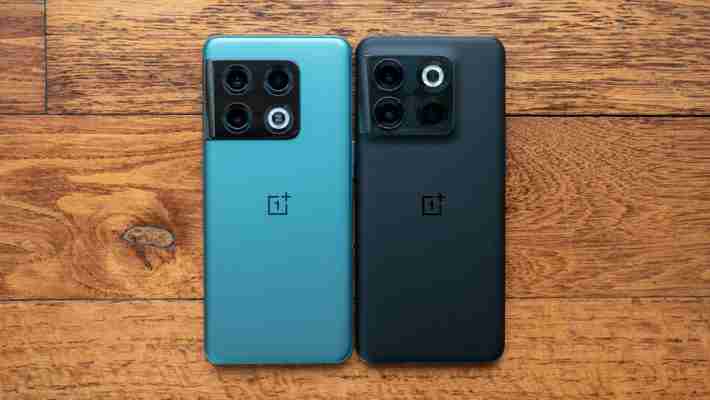
These are the best OnePlus phones in 2022
Get the OnePlus phone that fits you best
The best OnePlus phone right now is the OnePlus 10 Pro. You get everything you need in an Android flagship, including the Snapdragon 8 Gen 1 chipset with mmWave 5G, outstanding cameras, sublime 120Hz AMOLED panel, and bloat-free software that's a delight to use. There's also 80W wired charging and 50W wireless charging, stereo sound, and bloat-free software. In short, it is among the best Android phones you can get right now.
If you need the best value, I'd suggest going with the OnePlus 10T. The device delivers better battery life, and while it misses out on some extras, it is a good all-round device. And if you want a budget-focused option, the Nord 2T continues to be my choice.
If you're looking for a more budget-focused phone, the Nord N20 is a good choice in the U.S. The phone has reliable hardware with 5G connectivity and a decent 64MP camera at the back, and it offers a lot of value.
The Nord 2 offers many of the same features as the OnePlus 9 for a little less money, but at the cost of cameras and build quality. With OnePlus starting to roll out phones faster than ever before, you don't have to wait too long before a new model shows up.
OnePlus 9 Pro review
Chances are pretty good that if you live in the US, you’re probably buying your phone on a payment plan. That is, of course, if its retail price is more than a few hundred bucks. Similarly, odds are that if you are purchasing a handset this way, it’s likely a Samsung.
Samsung has spent decades cultivating its relationship with wireless carriers. Other device makers, like Motorola, Google, and (at one time) LG, have comes to have tight business associations.
OnePlus, who has been in the game for a few years now, hasn’t made quite the same inroads. While it’s done a great job of creating compelling devices that rival flagships, OnePlus hasn’t done much outside of its partnering with T-Mobile here in the United States.
Why does any of this matter? Because OnePlus has steadily waded deeper into the flagship territory over its lifetime, increasing its prices along the way. At the same time, it doesn’t seem to be in a hurry to foster any new relationships.
No matter how good its phones are, the flagship OnePlus models are no longer the wallet-friendly “killer” stuff, it’s just flagship. In the words of Obi-Wan Kenobi, it has become the very thing it swore to destroy.
That is to say they are just as expensive as other top-tier handsets. And along that line, you’ll have to pay full price for them or all up front if you’re not a T-Mobile customer. Is the OnePlus 9 Pro a great phone for its ~$1,000 price? Is it even a great phone? Should it be considered as one of the best options available because it’s priced like one?
Pros Top-notch hardware and performance
Unparalleled charging
Remarkable screen
Excellent software Cons Curved display leads to occasional problems with gestures and taps
Camera takes some time to master and struggles with digital zoom
No support for AT&T 5G
Design
Sleek and Seamless
From a hardware design and overall aesthetic, the OnePlus 9 Pro the company’s most elegant and sophisticated one thus far. Like its predecessor, it’s big and a bit hefty, but generally sleek with all the right curves.
In terms of materials and quality, the 9 Pro is as beautiful and balanced as anything we’ve seen in the thirteen years of this site. The aluminum and glass are as fun to look at as they are to handle.
OnePlus does a great job of selecting its colors, too, even if we’re talking about black. And as boring or uninspiring as “pine green” sounds, the collective chatter suggests it’s actually quite compelling in person.
One of the hallmarks of a OnePlus phone is its dedicated ringer switch, located near the power button. It lets users jump directly to silent, vibration, and ringer with a simple slide. Is it necessary? Hardly. Do you miss once you’ve spent a fair amount of time with one? Definitely.
Other than that, there’s not much different here, until you flip the phone over and get a look at the camera system. From the front and side, it’s a standard approach. On the back, it’s quite unique. More on that later.
Internal Hardware
Hard to Beat at Any Price
The OnePlus 9 Pro houses a top-of-the-line Qualcomm Snapdragon 888 processor, bolstered by no less than 8GB RAM. Storage comes in at 128GB and there’s no microSD expansion card slot, but $100 more nets you 12GB RAM and 256GB worth of space.
The OnePlus 9 Pro supports both the Sub-6 and millimeter-wave (mmWave) versions of 5G but it’s only certified to work with T-Mobile and Verizon networks. Sorry, AT&T subscribers, you’ll be left with just 4G LTE. Then again, that definitely sounds like a first-world problem in 2021.
If there’s one thing that OnePlus does exceedingly well, it’s charging. That’s certainly the case here as the 9 Pro comes with a downright insane 65W charger in the box. That, plus the fact that the phone actually has two batteries making up the 4,500mAh power source, is what leads to the crazy fast charging speed.
OnePlus offers a $69 Warp Charge 50 wireless charger which technically charges the split-battery setup at 25W speeds. In essence it’s like having a 50W wireless charger. If you understand batteries and charging, you know that this is just bonkers.
How long does that 4,500mAh battery last? Over the course of ten days we found it lasted considerably longer than we needed it to last. Most nights we went to bed with it at 30% or more left.
If, for some reason, we needed to charge up along the way, it only takes a few minutes to get a day’s worth of life. As we’ve seen before, you’ll want to use OnePlus’s proprietary red cables to get the fastest and most efficient charging.
One of the biggest selling points for OnePlus this time around is its display. And after playing with this one for just one day alone we can see why. It’s pretty remarkable stuff, but not without a quibble.
Similar to what Samsung has done, OnePlus now employs an LTPO OLED screen that’s more battery-friendly and efficient. Further, it gives the company more control in the area of refresh rate. Here, the phone can go anywhere from a silky smooth 120Hz down to 1Hz depending on what the situation needs.
Like refresh rate in 2020, touch response rate is fast becoming one of those benchmark figures enthusiasts and early adopters pay attention to. The Hyper Touch tech in the 9 Pro clocks it at 360Hz which means its among the highest you’ll find in a phone.
As to how that really translates to mobile gamers, it’s a bit too early to determine. At a certain point you just don’t recognize how quickly a screen registers your tapping. And if tell us that you can discern the difference between 240Hz and 360Hz, we suspect you’re not being entirely truthful.
Software
Stock Android with the Right Extras
The OnePlus software experience, called OxygenOS, is based on Android 11 and is more or less a stock build. It provides plenty of extras in the way of customization and user experience, but it doesn’t have any sort of bloat.
OnePlus commits to two major software updates and three years of security updates. This is fairly similar to the Android One program and what Nokia promises for its devices. Given the hardware is as solid as it is, we like that OnePlus plans to support it for a few years.
OnePlus does a pretty good job of offering software updates in a timely manner and that’s important to us. We also dig it when we’re able to tinker and modify, customizing our phones to be truly unique and feel like it’s “ours.” The 9 Pro does just that and manages to do so in a way that doesn’t require users to have a degree in engineering.
Camera
Hand it to off to Hasselblad
Until recently, one of the main areas of concern for OnePlus is its cameras. It doesn’t matter how many cameras you have on the back or how many shooting modes you have if the results don’t look very good. Sadly, OnePlus has struggled to keep pace with others in the flagship camera space.
As far as we’re concerned, it’s nearly impossible to beat what Google does with its cameras. That is to say for the “open the app and snap a pic” demographic. We often don’t fuss with ultra-wide or telephoto shots; it’s usually a standard pic or something with the portrait mode on.
For 2021 OnePlus turned to Hasselblad for its camera experience in both the 9 and the 9 Pro. In fact, this is the start of a three-year relationship between the two companies. The biggest task for Hasselblad and these new devices is the color-tuning and accuracy.
In our time with the OnePlus 9 Pro we’ve found the overall image quality to be good, sometimes bordering on great. But that’s not with out a bit of qualification.
Lighting seems generally even across the board, even with using the different shooting modes. Some may skew a tad blue or have a bit too much sharpening, but you’ll have to look closely or compare the shots in head-to-head showdowns.
OnePlus does an admirable job with its app, giving users a clear and concise way to get around. It doesn’t take much time to figure things out and if you’ve used a OnePlus in the past, you’re already more than halfway home.
We’ve enjoyed playing with the 50-megapixel ultra-wide camera as it does a great job of tightening up and squaring off the edges. Often we find ultra-wide cameras tend to do that slightly curved fisheye distortion. OnePlus put in a custom lens to help with that and and it as good as expected. It’s better to do it in the hardware first and not have to rely on a software adjustment.
One rule of thumb we tend to employ with phones and their cameras is to stay at least one step away from its maximum zoom settings. Just because you can zoom in on a subject doesn’t mean that you should. And here when you do that, you’ll find some less than desirable final results.
We suggest taking a few pictures of your subject whenever possible and spend time learning its limitations. Get out in the real world and try to snap some pics too early and you’ll come away with grain, noise, and unflattering shots. It’s a really decent camera experience, but you need to figure that out. By contrast, the Pixel 5 may not be as well-rounded but it’s easier to understand and master.
Given its price, the OnePlus 9 Pro and its cameras should be held to a high standard. While we wish we could provide true head-to-head shots and testing, we just haven’t had that much time with the phone (and access to another flagship at the same time). But from what we can gather from other sources, the 9 Pro seems to do quite well in such tests.
Performance
As Good as You’d Expect
Let’s be honest, there’s no real way a typical phone user is going to tax this much hardware. We suspect the OnePlus 9 Pro would be strong enough for a casual type for at least two or three years.
Given its specifications we loaded our full daily driver’s worth of apps, games, accounts, and settings onto the phone. We’ve done our best to look for stutters and lags, but haven’t been able to discern anything along those lines. Now, to be fair, we don’t have benchmark tests running, and aren’t doing head-to-head comparisons.
If you’re really looking for a top-of-the-line device, you’ll want to add this to your list. We suspect, though, that you’ll be using this review as only part of your homework. To that end we recommend looking for sites who do full deep-dives into battery tests, gaming with a close eye on frames per second and drop rate, and other more technical information.
As much as we appreciate that this phone screams, we don’t exactly love dealing with the curved display. Yes, it looks great and we dig the resolution, refresh rate, and colors, the occasional phantom gesture or missed swipe can be aggravating.
Conclusion
So Damn Awesome, But…
The OnePlus 9 Pro is not a “flagship killer” but that’s simply because of its price. Were it a hundred dollars less, it would possibly get the chance to wear that moniker. As it is, though, it’s a flagship with a full suite of high-end bullet points and promises.
With about two weeks of usage under our belt we are confident in saying that the OnePlus 9 Pro delivers on its claims and lives up to its expectations. Each passing generation makes us feel more at ease with the brand and more comfortable with recommending it.
One of the issues we often face when reviewing phones is trying to look at them objectively and in a vacuum. That is to say we do our best to not compare it to other handsets. That’s hard to do, especially when a brand debuts two versions of a phone at the same time.
As we’ve been spending time with the 9 Pro we have also played with its sibling, the OnePlus 9. Priced about $240 less, it gives you more or less the same performance.
There are some extras you get for your money, but they’re nothing that’s necessity. Those features include faster wireless charging, a telephoto lens, optical image stabilization, mmWave 5G support, and a slightly smaller screen. Yes, the displays are technically different, too, but we bet you’d hardly notice. And if we’re being fully honest, we like the flat screen on the 9 better than the curved edge of the 9 Pro.
Do we recommend buying the OnePlus 9 Pro? Absolutely. Are you selling yourself short by opting for the OnePlus 9 instead? Not at all.
If you’re a person who loves to be different or buy something that others don’t, the OnePlus brand is one you should consider. Further, if you are the type who absolutely has to have the most phone you can buy, the 9 Pro is where you land.


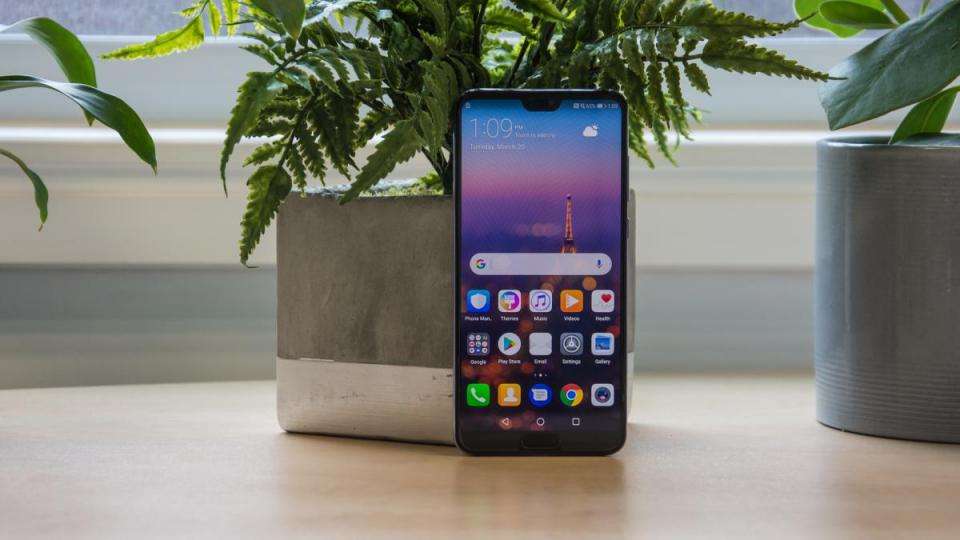
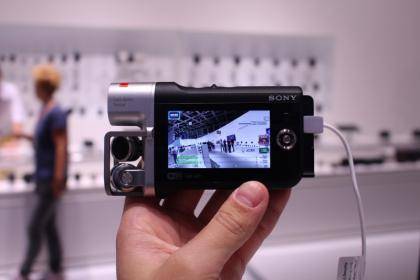
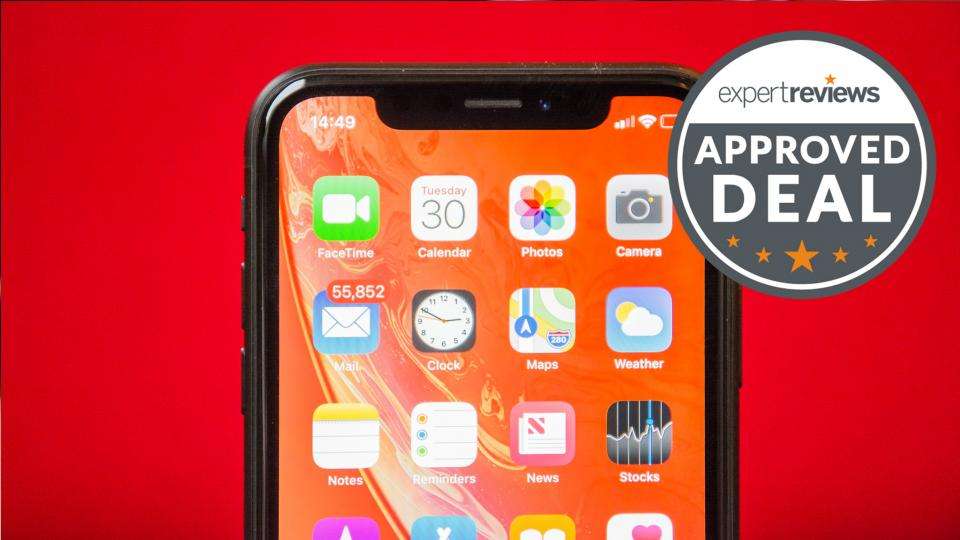
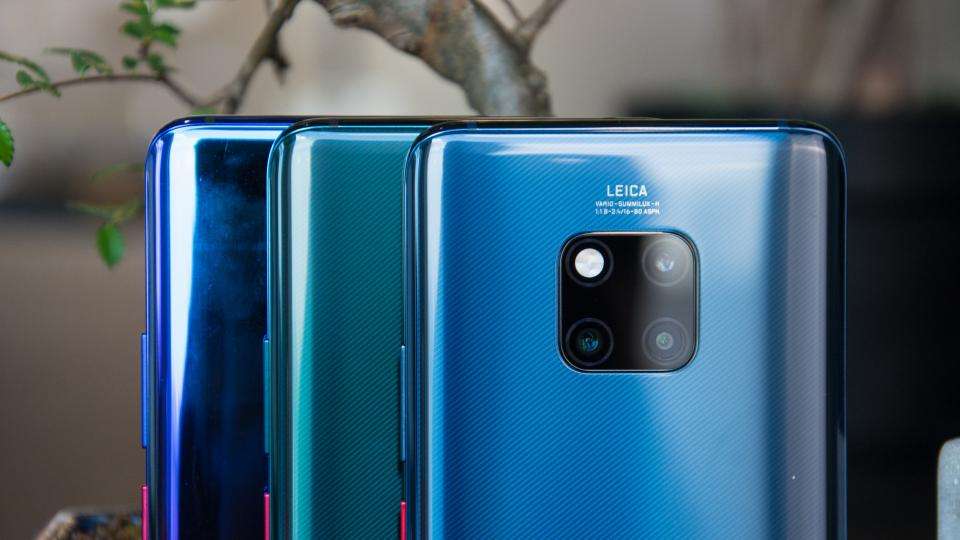
Leave a Reply